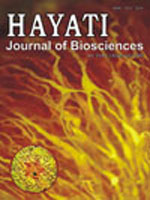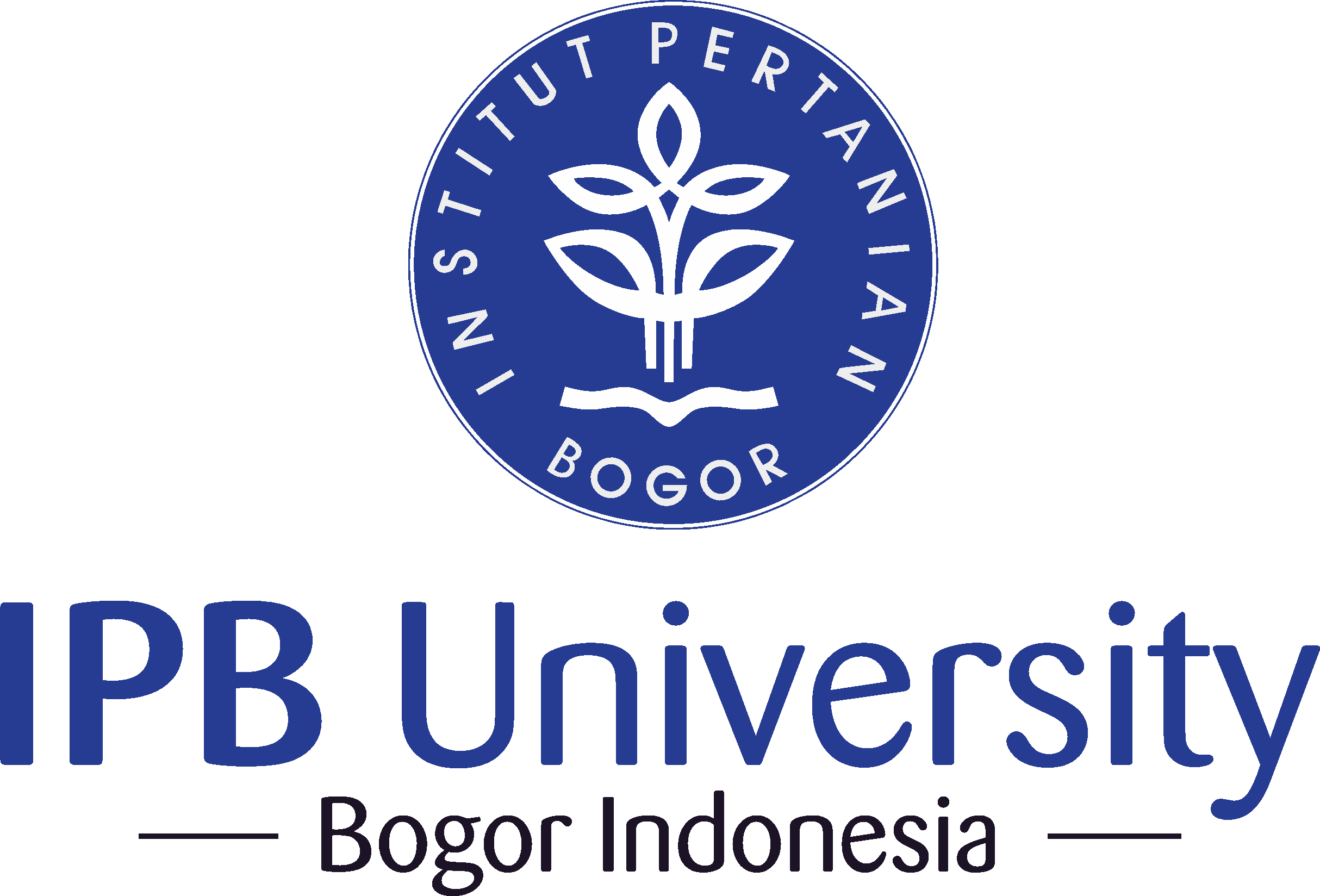Tolerance Levels of Roadside Trees to Air Pollutants Based on Relative Growth Rate and Air Pollution Tolerance Index
Abstract
Motor vehicles release carbon monoxide, nitrogen dioxide, sulphur dioxide, and particulate matters to the air as pollutants. Vegetation can absorb these pollutants through gas exchange processes. The objective of this study was to examine the combination of the relative growth rate (RGR) and physiological responses in determining tolerance levels of plant species to air pollutants. Physiological responses were calculated as air pollution tolerance index (APTI). Eight roadside tree species were placed at polluted (Jagorawi highway) and unpolluted (Sindangbarang field) area. Growth and physiological parameters of the trees were recorded, including plant height, leaf area, total ascorbate, total chlorophyll, leaf-extract pH, and relative water content. Scoring criteria for the combination of RGR and APTI method was given based on means of the two areas based on two-sample t test. Based on the total score of RGR and APTI, Lagerstroemia speciosa was categorized as a tolerant species; and Pterocarpus indicus, Delonix regia, Swietenia macrophylla were categorized as moderately tolerant species. Gmelina arborea, Cinnamomum burmanii, and Mimusops elengi were categorized as intermediate tolerant species. Lagerstroemia speciosa could be potentially used as roadside tree. The combination of RGR and APTI value was better to determinate tolerance level of plant to air pollutant than merely APTI method.Key words: air pollutants, tolerance of roadside trees, relative growth rate, physiological responses, air pollution tolerance index
Downloads
HAYATI J Biosci is an open access journal and the article's license is CC-BY-NC. This license lets others distribute, remix, tweak, and build upon author's work, as long as they credit the original creation. Authors retain copyright and grant the journal/publisher non exclusive publishing rights with the work simultaneously licensed under a https://creativecommons.org/


















.png) IPB University
IPB University Department of Biology
Department of Biology The Indonesian Biological Society
The Indonesian Biological Society 

